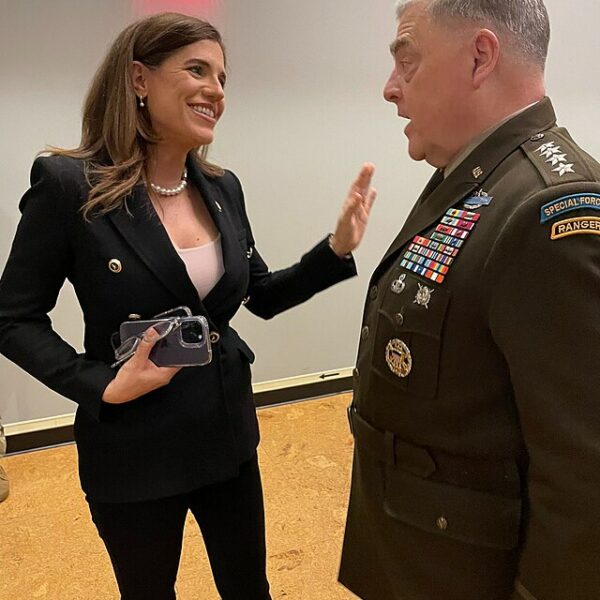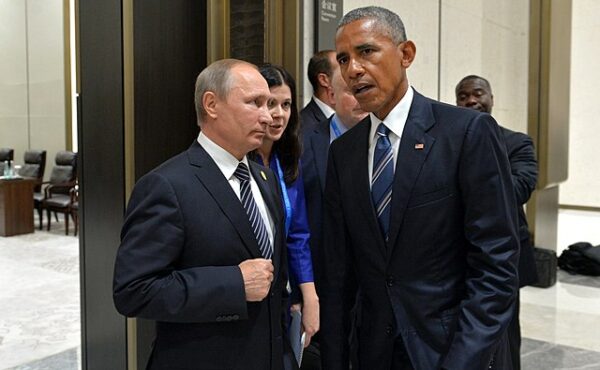
The prosecution that President Trump once touted as the ultimate reckoning for James Comey is instead spiraling toward collapse, derailed by a procedural failure so basic that veteran lawyers struggled to believe what they were hearing. What was meant to be the administration’s showcase of tacking corruption has morphed into a courtroom spectacle marked by confusion, backtracking, and a revelation that may render the entire case legally void.
The turning point came during a hearing this week in Alexandria, where prosecutors conceded that the two-count indictment filed against the former FBI director in September was never approved by a full grand jury, according to The New Republic. Only the foreperson and one additional juror had even seen the final charging document before it was filed. The defense seized on the admission instantly. “There is no indictment,” declared Michael Dreeben, the seasoned Supreme Court advocate representing Comey, delivering the line that ricocheted through the courthouse.
That acknowledgment set off a chain reaction of disbelief and recrimination, transforming what Trump allies expected to be a climactic victory into what increasingly resembles an unforced collapse. The origins of the chaos trace back to September, when the statute of limitations for Comey’s alleged false statements to Congress in 2020 was days from expiring. When the career acting U.S. Attorney in the Eastern District of Virginia reportedly warned that the case was weak, Trump fired him and replaced him with Lindsey Halligan, a 36-year-old former personal attorney of the president who had never worked as a prosecutor.
With the clock ticking, Halligan’s team rushed into the grand jury. Jurors approved two of the three proposed charges and rejected the third. Instead of returning to the full panel with a cleaned-up two-count indictment—a mandatory step under both the Constitution and standard DOJ practice—prosecutors deleted the rejected count themselves, secured a quick signature from the foreperson, and filed the document. One federal magistrate judge later noted that only seven minutes separated the grand jury’s vote from the filing of the altered indictment, a timeline that made it impossible for the full panel to have reconvened, considered, and voted on the revised case.
The irregularities were so stark that another magistrate judge took the rare step of ordering secret grand jury transcripts and recordings turned over to the defense, citing what he described as a “disturbing pattern of profound investigative missteps” that threatened the legitimacy of the entire process. By Wednesday, facing a judge and a courtroom full of reporters, Halligan confirmed what the paper trail had already suggested: her office had never represented the edited indictment to the full grand jury.
Legal experts say the mistake is fatal. A valid federal felony case requires a grand jury indictment—not an improvised workaround or a partial panel sign-off. Without a lawful indictment, there is no prosecution to bring to trial. Comey’s attorneys are now preparing a motion to dismiss. If Judge Michael Nachmanoff grants dismissal “with prejudice,” the case cannot be refiled, meaning the Trump administration’s showcase effort to pursue Comey would end not with a climactic verdict, but with a procedural implosion of its own making.
[Read More: Texas Judge Lays Into Colleagues For Corrupt Ruling]











